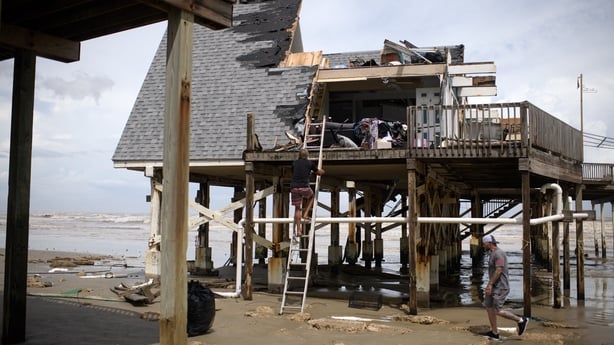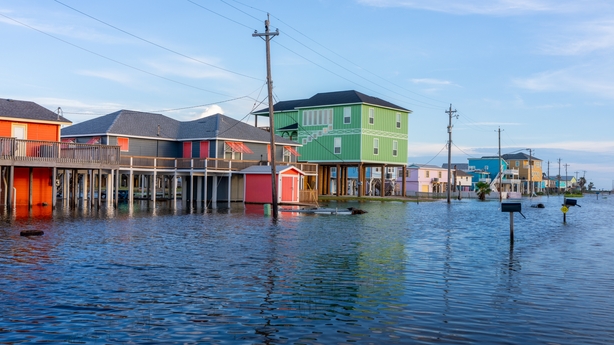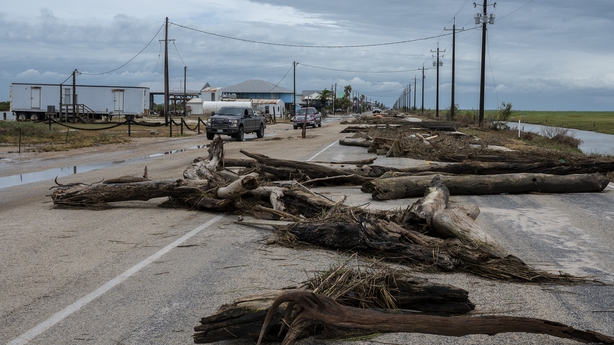Beryl has been downgraded to a tropical depression after slamming the southern US state of Texas as a Category 1 hurricane, killing at least four people and causing millions to lose power amid scorching summer heat.
The US National Hurricane Center (NHC) said Beryl made landfall yesterday morning near the Gulf Coast town of Matagorda, and was losing strength as it moved inland but still packing flood-producing rains and strong winds.
"Considerable flash and urban flooding as well as minor to isolated major river flooding is expected," the NHC said in its latest advisory, adding that "several tornadoes are possible through tonight across parts of east Texas, Louisiana, and Arkansas."
The sprawling city of Houston, home to 2.3 million people, was badly battered early yesterday by hurricane-strength winds and flooding, with authorities announcing at least four deaths related to the storm.
Drone footage shows Houston after Beryl:
Harris County Sheriff Ed Gonzalez said on social media that a 53-year-old man and 74-year-old woman had died in separate incidents of trees falling on houses.
Later, Houston Mayor John Whitmire told a press conference that one person died after a lightning strike possibly ignited a fire, while a police department employee died in floodwaters while on his way to work.

Some 2.6 million households in Texas were without electricity as of yesterday evening, according to the poweroutage.us tracker, as temperatures were forecast to climb above 32C over the next few days.
Along the Texas coastline, several waterfront homes and buildings were seen with their roofs torn off in the wind.
Several communities in the area had issued voluntary or mandatory evacuation orders ahead of the storm.
Meanwhile in the neighboring state of Louisiana, one death was announced by the Bossier Parish sheriff's office, also by a tree falling on a home.


The deaths raise the total toll from the storm - which began its tear across the Caribbean as a powerful hurricane over a week ago - to over a dozen.
Beryl first slammed St Vincent and the Grenadines and Grenada as a Category 4 storm, before plowing past the Cayman Islands and Jamaica, and at one point strengthening to a highest-level Category 5.
It hit Mexico as a Category 2 hurricane on Friday, flattening trees and lampposts and ripping off roof tiles, although there were no reported deaths or injuries there.
Beryl is the first hurricane since NHC record-keeping began to reach the Category 4 level in June, and the earliest to hit the highest Category 5 in July.
It is also the earliest hurricane to make landfall in Texas in a decade, according to expert Michael Lowry.
It is extremely rare for such a powerful storm to form this early in the Atlantic hurricane season, which runs from early June to late November.
Scientists say climate change likely plays a role in the rapid intensification of storms such as Beryl because there is more energy in a warmer ocean for them to feed on.
North Atlantic waters are between 1C and 3C warmer than normal, according to the US National Oceanic and Atmospheric Administration.

